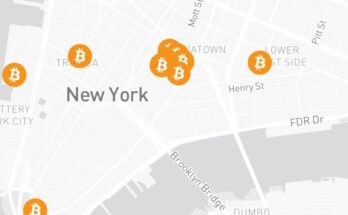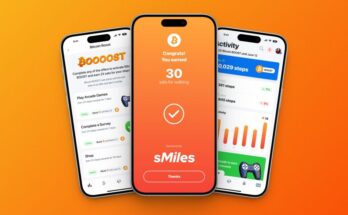Matthews’ realization shunted her career in a new direction. Leaving her research on drug addiction to one side, in 2013 she went to the Massachusetts Institute of Technology to join Kay Tye’s laboratory. Tye is a neuroscientist focused on understanding the neural basis of emotion, and she’s also one of the pioneers of optogenetics—a technique that uses genetically engineered proteins inserted into brain cells to give researchers the ability to turn neurons on and off by shining light through fiber-optic cables into the brains of live animals. The approach lets scientists activate regions of the brain in real time and watch how the animals respond. “At the point I joined the lab, optogenetics was really exploding, and it opened up so much more potential for the studies that you could do,” Matthews says.
Armed with this new technique, Matthews and Tye wanted to figure out how DRN neurons influenced mice during social isolation. When the researchers stimulated the neurons, the animals were more likely to seek out other mice. When they suppressed the same neurons, even isolated animals lost the desire for social interaction. It was as if Matthews and Tye had located the neural switch that controlled the animals’ desire for social interaction—it turned on when they were isolated and turned back off again when their social cravings were satisfied.
Their discovery could radically change our understanding of loneliness. “Taking that idea suggests that there are mechanisms in place to help maintain social contact in the same way that there are mechanisms in place to make sure we maintain our food intake or our water intake,” Matthews says. It suggests that social contact isn’t just nice to have—it’s a fundamental need that our brains are hardwired to seek out. This is already borne out in studies on honeybees, ants, mice, and rats. “Without the full level of social contact, survival reduces in numerous species,” Matthews says.
In 2020 another MIT neuroscientist released a paper suggesting that human brains respond to social isolation in a way similar to Matthews’ mice. Livia Tomova recruited 40 volunteers and asked them to turn in their smartphones, tablets, and laptops and spend 10 hours in a room by themselves. The volunteers could occupy themselves with puzzle books and writing materials, but they weren’t allowed access to any fiction that might contain a hint of social contact that might take the edge off their isolation. If the volunteers needed to use the bathroom, they had to wear earplugs that prevented them from overhearing any conversations on the way. “We tried to create a scenario where people would really not have any sort of input,” says Tomova, who is now at the University of Cambridge.
Optogenetics is too invasive to use on humans, but instead Tomova took fMRI scans of her volunteers’ brains. When the isolated volunteers were shown photos of social cues, the regions of their brains associated with cravings lit up with activity in the same way that the brains of hungry people lit up when they were shown pictures of food. The area of the brain that Tomova focused on is rich in dopamine neurons, which drive our motivations and expectations of the world around us. When our brains anticipate a rewarding activity—like eating or social contact—these neurons activate in anticipation. But if we don’t get these interactions, then our brains experience a negative, craving-like feeling.
Tomova says that this might explain the negative consequences of long-term isolation. “If you are in a state of prolonged stress, the same adaptations that are in the first place healthy and necessary, will actually become detrimental because they’re not designed to be long-term states,” she says. “The idea of the cravings is that the goal should be to seek out others and reinstate social contact.”


